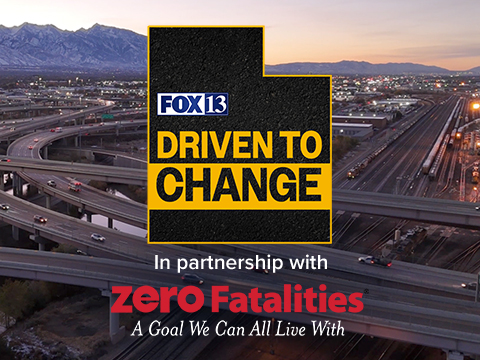MURRAY, Utah — Several intersections in the Salt Lake area have been outfitted with 3D technology with the hope of making the roads safer for everyone.
LiDAR, which stands for Light Detection and Ranging, tracks everything happening at an intersection with 99.9 8 percent accuracy.
"What this does it allows us to make adjustments after the fact," said Utah Department of Transportation spokesperson John Gleason. "We can analyze the data if there are a number of red light runners, or if there are near-misses that we couldn’t actually track, we can make adjustments if it's signal time or anything else that needs to be adjusted to improve safety."
Motorcyclist Jason Danielson knows how dangerous the intersection of 5900 South and State Street in Murray can be. In 2019, he was on his motorcycle, minding his own business, when a car cut in front of him.
"The bike went down, I rolled, I’d say 20-to-30 feet down the intersection," he recalled. "The bike just went off to the side."
Danielson recovered from his injuries, and is a little skeptical about the new LiDAR tech.
"I think it's great for recreating and investigation accidents, I don’t think it is going to help much in preventing more of an after-action," he said.
But UDOT doesn't believe Danielson is looking at the entire picture, that LiDAR can immediately make the intersections safer.
"Never have we had the ability to make those real-time adjustments," Gleason claimed. "You have somebody crossing the road and they stumble, and they just can’t make it over there in time; the signal, we don’t have to do anything manually, it will automatically adjust the time to allow them to cross safely."
The price tag for the system software ranges from $30,000-$40,000. By the end of the year, UDOT will be testing LiDAR at additional intersections in Provo.
At the end of the day, everyone agrees that technology only goes so far in keeping Utah roads safe.
"There is no magic bullet," said Gleason. "We can see what’s happening out there, we make adjustments, but we really need people to do their part."



